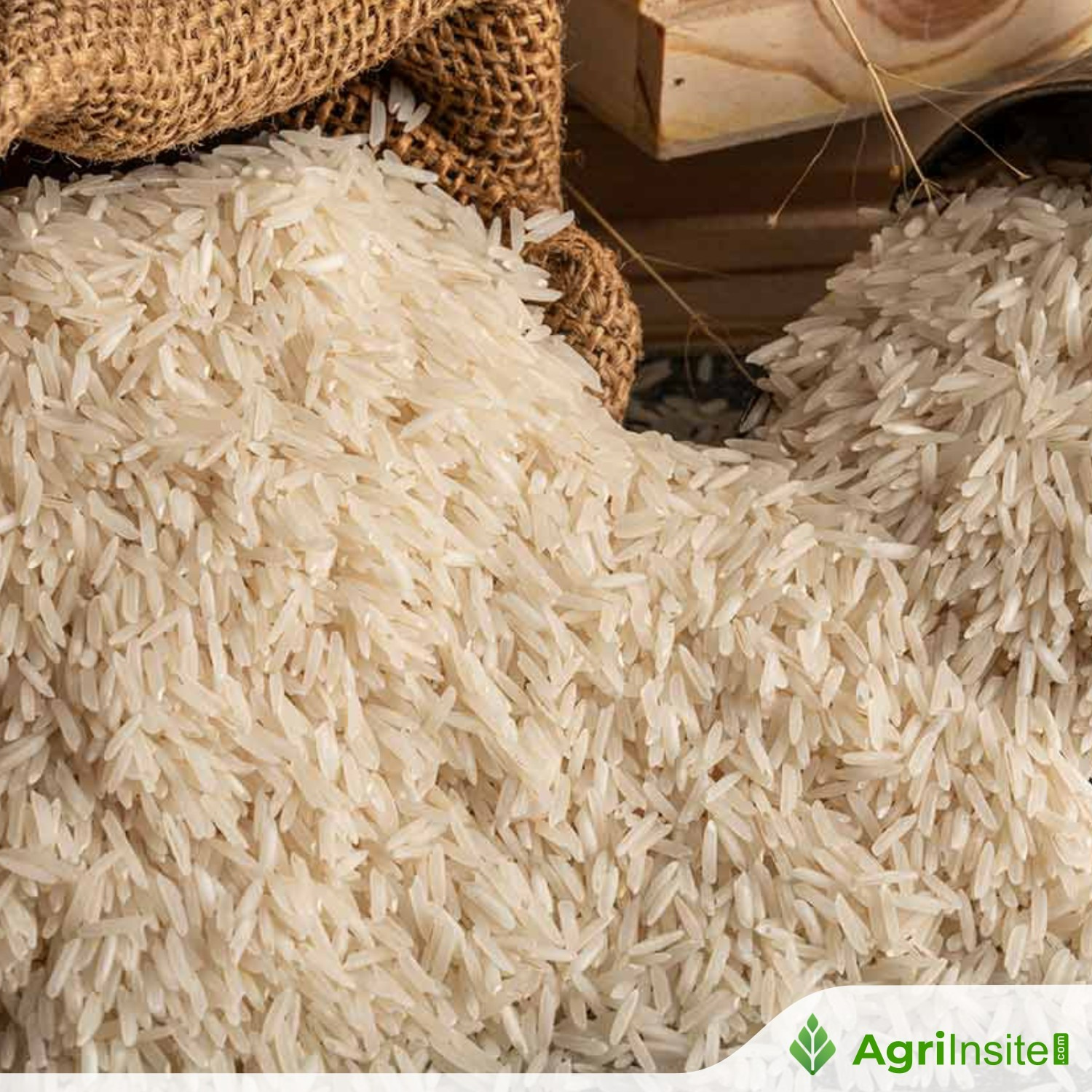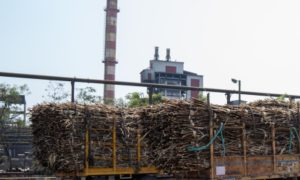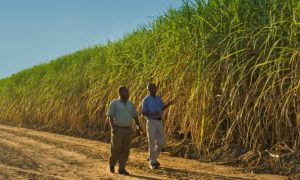Japan rice prices still high as direct deals with farmers surge

Japan’s rice prices have nearly doubled through direct business-to-farmer deals, bypassing JA Zen-Noh, from January to April 2024. Direct transaction prices reached ¥45,000–¥50,000 per 60kg, compared to ¥20,000 via traditional routes. The surge follows fears of shortages and reduced JA supply. The government plans to ease prices by auctioning stockpiled rice directly to retailers.
TOKYO — The transaction prices of rice purchased directly by businesses outside of the National Federation of Agricultural Cooperative Associations (JA Zen-Noh) from farmers without going through major collection agents like JA Zen-Noh reached about twice the level of rice sold through traditional routes from January to April, the Mainichi Shimbun learned on May 19.
The Ministry of Agriculture, Forestry and Fisheries attributes the persistent high prices of rice largely to the influence of these direct transaction prices. The ministry is hoping to curb prices by introducing new measures such as a recently announced bidding system that will deliver government stockpiled rice directly to rice shops and other retailers.
Following a sense of rice shortages in the summer of 2024, the amount of rice available for sale in retail stores decreased. Around the same time, more businesses began purchasing the 2024 harvest directly from farmers and other wholesalers at higher prices than those offered by JA Zen-Noh and other major collection agents. As a result, the volume of rice flowing through the most common distribution route, via JA Zen-Noh and similar collection agents, dropped significantly.
The ministry investigated the price of unpolished rice from the 2024 harvest at each stage of distribution. It found that JA Zen-Noh and other collection agents paid farmers about 20,000 yen (roughly $140) per 60 kilograms, or about 1,667 yen (some $12) per 5 kilograms. The average price at which collection agents sold to wholesalers was 24,500 yen (approx. $170) per 60 kilograms, or about 2,042 yen (around $14) per 5 kilograms, nationwide. Both figures represent an increase of about 50% to 60% compared to the 2023 harvest.
In contrast, prices for direct physical transactions between businesses ranged from about 45,000 to 50,000 yen (roughly $310 to $350) per 60 kilograms, or roughly 3,750 to 4,167 yen (around $26 to $29) per 5 kilograms, which is nearly double the JA route prices. Much of this high-priced rice is believed to be reaching supermarkets and other retailers. A government official pointed out, “Rice is now being sold in stores for about 4,500 to 5,000 yen per 5 kilograms.”
A representative from the national federation of rice wholesalers, known as Zenbeihan, explained the surge in prices, saying, “Each business rushed to procure rice (due to the sense of shortages). Competition stemming from last year’s rice shortages also played a role, and the supply from JA Zen-Noh and other collection agents has significantly decreased.” They added that some businesses saw an 80% decline in rice procurement compared to the previous year, stating “In such a situation, you have to secure physical rice by any means. The price surge is the result of that.”
To Read more about Rice News continue reading Agriinsite.com
Source : The Mainichi













